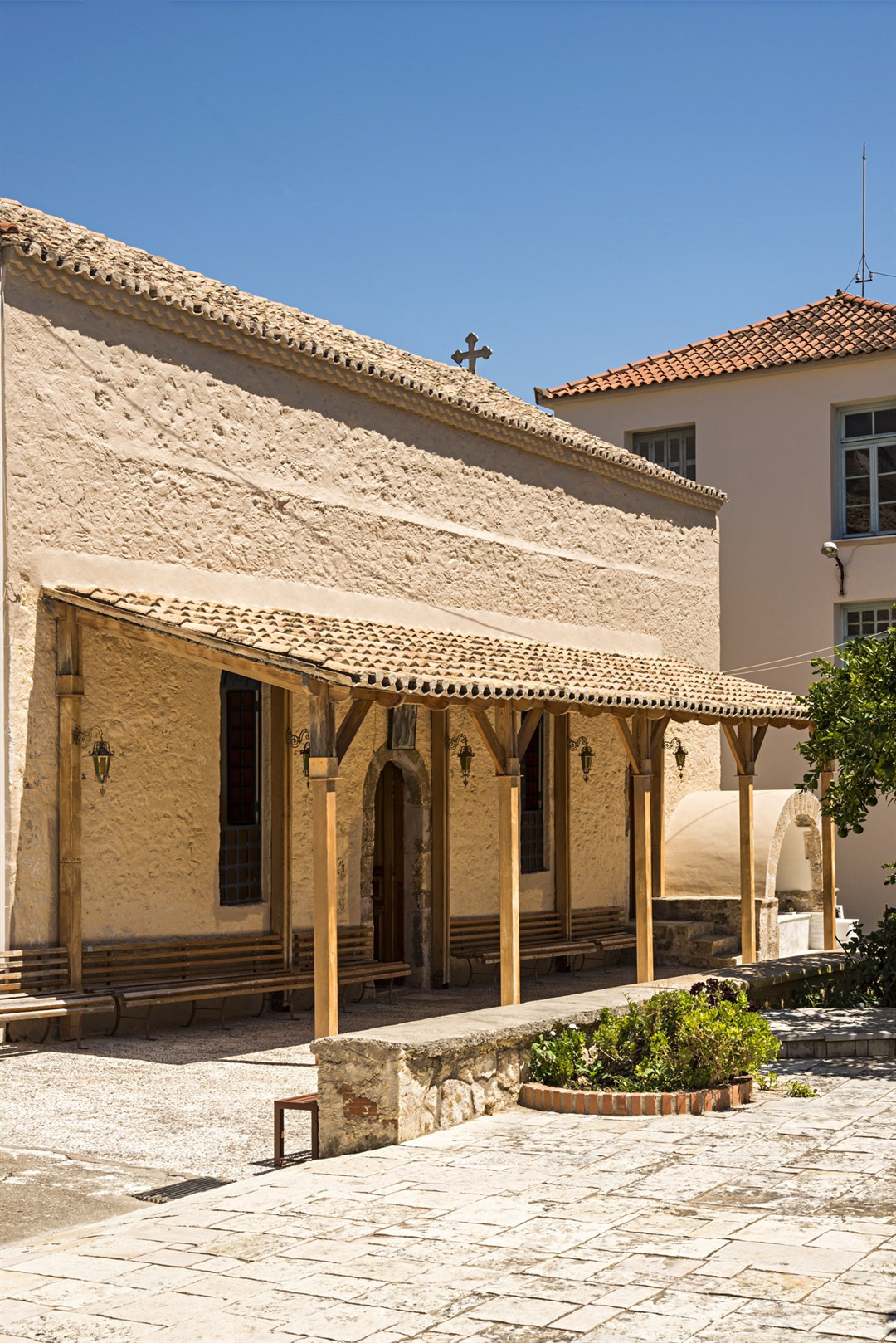These elaborate creations are reminiscent of the older centuries that the Messinian capital had evolved into a normal “Metaxoupolis”
By Nicolas Bard
The famous Kalamatian scarves, millennial and multifaceted, are still woven today in the wooden looms of the historic monastery of Kalograia, located in the historic center of Kalamata, along with vestments, curtains, and other embroidery.
These elaborate creations are reminiscent of the older centuries that the Messinian capital had evolved into a normal “Metaxoupolis”.
Textile art has experienced great glory in Kalamata in the 18th and 19th centuries. In those years, organized family businesses operated in the city, supplying larger markets.
Kalamata was renowned for its famous silk, which it first supplied to the courtyards of the Ottoman Empire.
Kalamata’s “Gaza” and “Messina”, the silk fabric ball from which the scarves were rabbis, were also unhappy in the West markets.
The monastery of Kalograia, Saints Constantine and Helen, dating back to 1796, pioneered this area, after the artistic processing of the silk that became a “stamp” of Kalamata.
The nuns were systematically dealing with sherry and silk weaving. In fact, they had reached 3 tonnes of silk a year and the nuns had up to 100 apprentices.
The monastery of the nuns is inextricably linked to the history of Kalamata and Messinia in general, as it has offered a spiritual refuge for hundreds of young girls who have embraced the lonely life in general, as well as a warm embrace to many orphaned and abandoned children.
Significant was the contribution of the monastery after the Occupation, but also in the devastating earthquakes of 1986, where on a daily basis for a year the nuns distributed food in the courtyard of the monastery for hundreds of people.
As for the art of textile, as the nuns themselves point out, the area is no longer reared in the area, and so the thread comes from the acrimonious Soufli. Some of the large wooden looms who made the Kalamatian scarf famous in large markets around the world still operate in the western wing of the monastery. Their nuns are moving daily and weave mainly vestments, handicrafts, sheets, curtains, cotton and woolen woven.
The Kalamatian scarf has also inspired lyrics in various songs, such as the famous lyrics: as you go to Kalamata / and come with my good / bring a scarf / tie to the neck / amman, good silk. Of course, the Kalamatian dance dancers also hold it. As such, this silk creation managed to survive over time and became an integral part of the local tradition in Messinia, with its reputation coming out of the border. For this reason, the monastery was awarded many times with awards and praise both for the Kalamatian scarf and for its excellent quality textiles.
Source :Skai
I am Frederick Tuttle, who works in 247 News Agency as an author and mostly cover entertainment news. I have worked in this industry for 10 years and have gained a lot of experience. I am a very hard worker and always strive to get the best out of my work. I am also very passionate about my work and always try to keep up with the latest news and trends.












